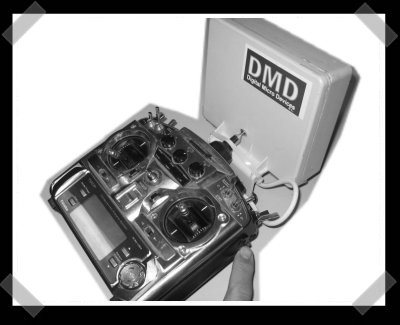
Ask someone to picture an airplane and they’re likely to think of what is essentially a tube with wings and a stabilizing tail tacked onto one end of said tube. Yet it is also no secret that the lift produced by such a tube is rather poor, even if they’re straightforward for loading cargo (static and self-loading) into them and for deciding where to put in windows. Over the decades a number of alternative airplane designs have been developed, with some of them also ending up being produced. Here most people are probably quite familiar with the US Air Force’s B-2 Spirit bomber and its characteristic flying wing design, while blended wing body (BWB) maintains a somewhat distinctive fuselage, as with for example the B-1 Lancer.
Outside of military airplanes BWBs are a pretty rare sight. Within the world of passenger airplanes the tube-with-wings pattern that the first ever passenger airplanes adopted has persisted with the newest designs, making it often tricky to distinguish one airplane from another. This could soon change, however, with a strong interest within the industry for passenger-oriented BWBs. The reason for this are the significant boosts in efficiency, quieter performance and more internal (useful) volume, which makes airline operators very happy, but which may also benefit passengers.
With that said, how close are we truly to the first BWB passenger airplane delivery to an airline?
Continue reading “Blended Wing Body Passenger Airplanes And The End Of Winged Tubes”














